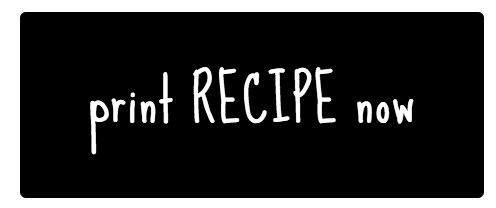EASY Buttermilk Sandwich Bread
/(slightly adapted from Elinor Klivans, "Fast Breads")
Ingredients:
1/4 cup buttermilk (either low or full fat)
1 teaspoon sugar
----------------
1 cup buttermilk (either low-fat or full-fat)
2 tablespoons unsalted butter, plus more for greasing the pan
3 1/4 cups unbleached all-purpose flour, divided
1 tablespoon granulated sugar
1 teaspoon Kosher salt
2 1/4 teaspoons instant yeast, one 1/4 ounce packet
1 large egg , room temperature
2 teaspoons melted butter, for brushing the loaf
Make the bread:
Butter a 9"x 5"x 3" loaf pan. Position a rack in the middle of the oven and preheat it to 375 degrees F.
If you want to check your yeast, in a small saucepan, heat the 1/4 cup buttermilk until warmed, between 110 and 110 degrees F, no hotter or you will kill the yeast. Add the yeast and 1 teaspoon sugar. Stir to combine and let sit for a few minutes to let it bubble. If it doesn't, your yeast won't work.
In another small saucepan, heat the buttermilk and butter over medium heat until it registers about 130ºF on an instant read thermometer. Remove from the heat.
In a stand mixer fit with the flat beater, mix together 1 1/2 cups of the flour, the sugar, salt, on low speed just until combined. Add the warm buttermilk mixture, and give it few turns on low speed. Add the yeast mixture, and mix until all the ingredients are smooth and combined. Add the egg and continue beating for 1 minute.
Add the remaining 1 3/4 cups flour all at once, and continue mixing for a full 5 minutes. The dough might turn into a soft dough and pull away from the sides of the bowl, or it might be a little sticky and stick to the sides of the bowl. This all depends on the moisture in the air that day. But either way, the bread will still work. Scrape the dough into the prepared pan and brush the top with the melted butter. If you want a crustier top.
Cover the pan loosely with plastic wrap and let the dough rise to within 1 inch of the top of the pan, about 25-45 minutes. Start checking at 25 minutes. Bake the loaf until the top feels firm and is nicely browned, about 35-45 minutes. Start checking at 30. Let the loaf cool in the pan on a wire rack for 10 minutes, then turn out onto the rack, and let it cool completely before slicing.
Makes one large loaf. YUM!
LESSONS Learned:
1. Make sure your yeast is active. It's easy to do. Just dissolve it in some of the slightly warmed buttermilk, not too hot with a little sugar and let it sit for a few minutes. If it starts to bubble the yeast is active, and you're good to go. If you are sure that your yeast is good, you can skip this step and just add the dry yeast and sugar in with the rest of the dry and add the 1/4 cup buttermilk to the 1 cup.
2. An instant read thermometer will help to make sure the buttermilk doesn't get too hot and kill the yeast.
3. Depending on how much moisture is in the air, your dough may turn into a soft ball, or be sticky. Either way will work.
4. The temperature in your kitchen will determine how long you will need to let the dough rise-colder will take longer, but check it early, just in case.
5. You want a nicely browned on top, which might take anywhere for 35-45-minutes, depending on your oven. So again check it early just in case.
6. Make your own buttermilk: Stir 1 Tablespoon plus 3/4 teaspoons fresh lemon juice or white vinegar into 1 1/4 cups whole or 2% milk, and let sit 5-10 minutes to thicken and slightly curdle. Makes 1 1/4 cups buttermilk.
